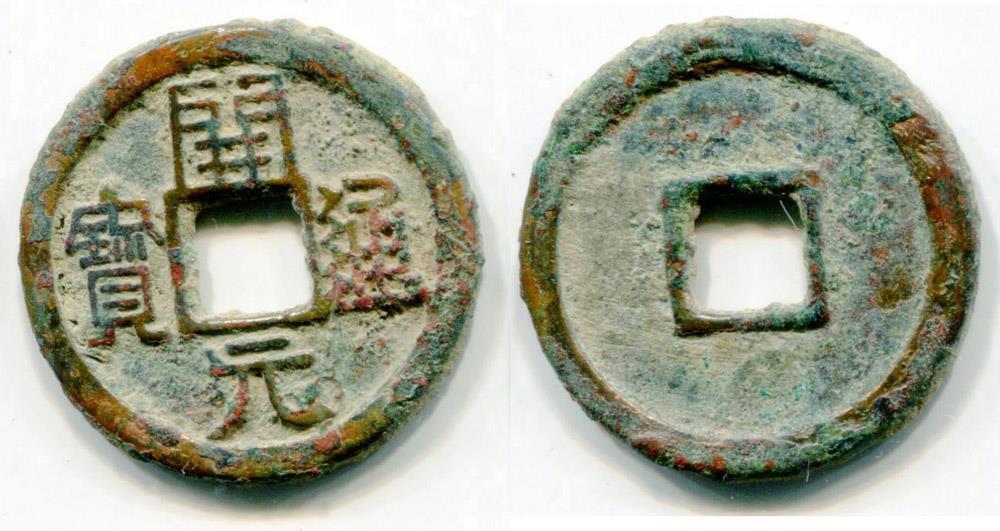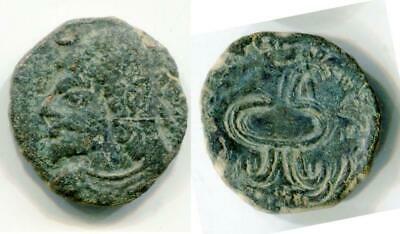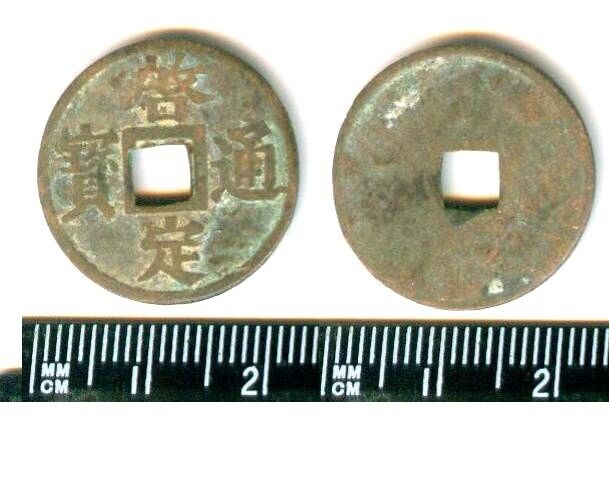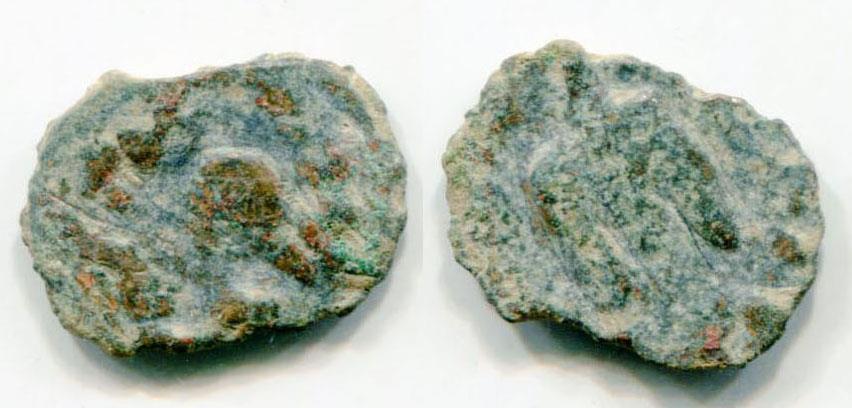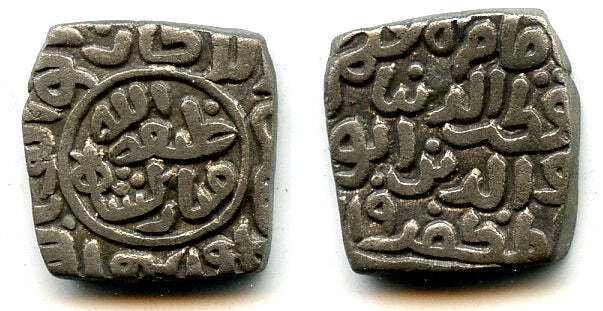-40%
Rare Hunnic drachm, later 600's, Soghdian Hephthalites passing through Khorasan
$ 75.47
- Description
- Size Guide
Description
Later rare Hunnic drachm, later 600's, Soghdian Hephthalites passing through KhorasanBust derived from that of Khosrau II right, crude Khosrau’s legends around, “Alchono” in Sogdian script below the bust, small Alchon tamgha in the upper right / Two attendants around a fire altar, mint AY (Ērān-xvarrah-Šābuhr [Susa]) and date (RY 37). 32mm, 2.52 grams. Cf. SC Tehran 2050-9 (for prototype); Zeno 33518. SKU F133-w44756
Later issue, struck with somewhat rusted dies.
These coins were struck sometimes in the mid-680’s CE when Sogdian Huns invaded and took over Khurasan from the Arabs before moving further west. In AH 64 (683 CE), the governor of Khurasan ‘Abd Allah bin Khazim rebelled against the Caliph and joined the rebel faction led by bin Zubayr (grandson of Abu Bakr and an Umayyad Caliphal pretendent), dragging Khurasan into internecine conflict. The Hepthalites took advantage of Arab civil war in the area and invaded the region. In such a fractured state, Khurasan could not resist the Huns and the whole of the province fell under Hepthalite control for a brief period. A number of different Hunnic drachms were struck in the same Khorasanian locality by the same Sogdian speaking peoples. The group minting these imitations was plainly impartial to whether the prototype was Sasanian (with Khusro II types) or Arab-Sasanian, imitating either ‘Abd Allah bin Khazim or Salm bin Ziyad. All the coins feature an alchon-style Hepthalite tamgha (either as a part of a die or as a countermark), confirming the Hunnic identity of the people who minted these coins. The coins of these types are very rare, known mostly from a small recent hoard. Only a few dies used in minting these coins were made, and a single set of dies was used in minting each type. The early coins in this series weigh about 3.5 grams, as the dies rusted and the situation of the Huns in Khurasan worsened, the coins became smaller and the latest pieces weigh as little as 2.5 grams.

